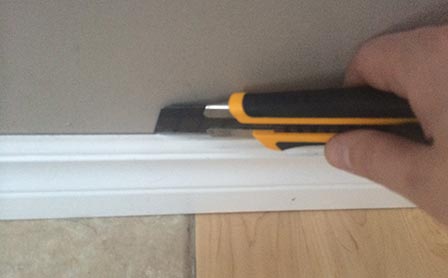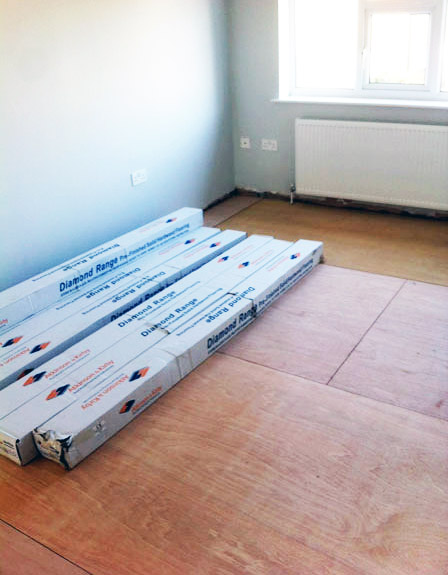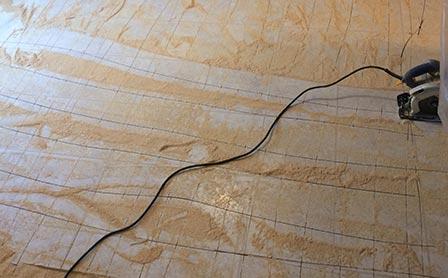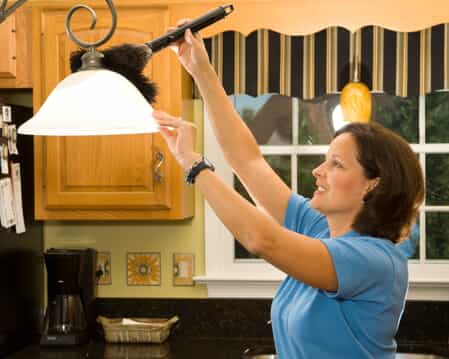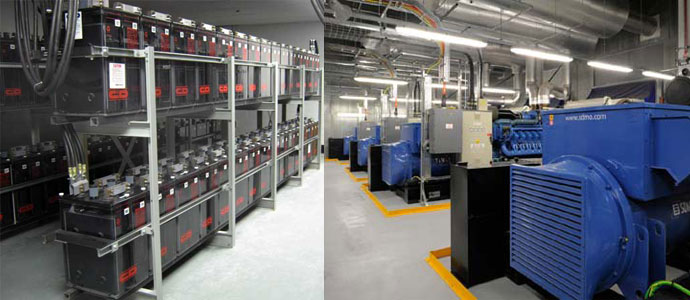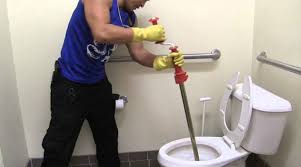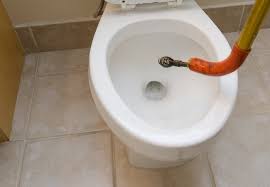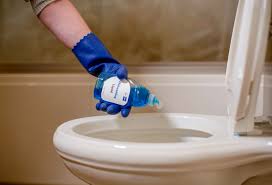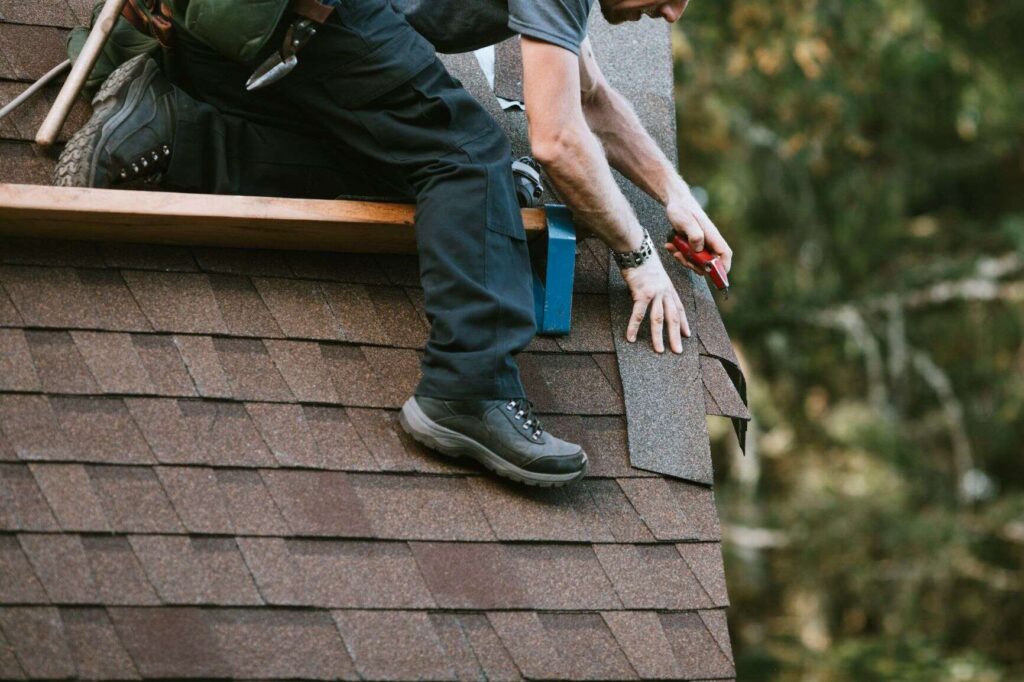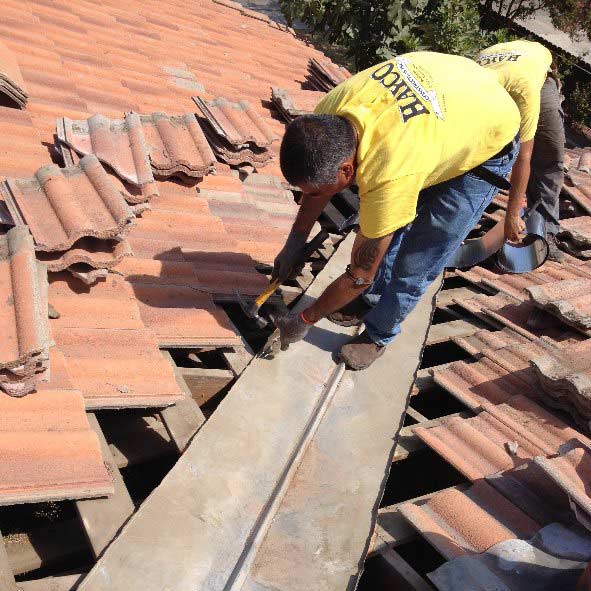Hidden Qualities All Successful DJs Share
Yeah, mixing is important. Sure, a great music collection helps. Yes, you have to produce music to get further than a certain level. And definitely, a level of technical knowledge will get you through many sticky situations. Truth is though, there are too many DJs who have this stuff for it to be a guarantee of success – and there always were!
I’ve booked and played alongside scores of successful DJs through the years, and I’ve noticed that there are certain qualities they share that, quite aside from their music, gear and skills, had helped to move them apart from the pack. I slowly noted these qualities, and followed them in my own DJing life too, and now I want to share them with you. so why not share which of these qualities you think you need to improve on, too?
Passion
Not only do you love music, but you have an intense passion for DJing, and it shows: You basically eat, breathe, and even sleep it!
…and, “I love music, isn’t that enough?” – isn’t enough! What exactly is it you’re passionate about? What is it you’re trying to share in your DJing? My good friend (and great DJ) Dave Haslam once told me: “DJing is about the exchange of emotion between the DJ and his or her crowd…” and I think he’s right. What is it you’re trying to say through your music? Where is your passion?
This will almost always be passion for a scene, and in my experience, it’s normally (at least initially) the scene that got you into the whole thing in the first place (drum & bass, trance, EDM, dubstep, deep house, etc.) It’s the one you go all glassy eyed about when talking about what prompted you to get started in DJing. It’s the one that’s the soundtrack of your dreams of what it must be like to play the perfect DJ set, to the perfect crowd…
Basically, if you love a certain local scene more than anything and anyone else, you’ll get noticed in that scene, and you’ll get openings. So it’s important you locate where your passion is and start your journey there. (This is why giving mixtapes out alone won’t get you booked – where’s the passion there? DJs who truly love a scene will come up with something far more original that that, and go many, many extra miles, to their “in”…)

Confident
Another characteristic of a competent DJ is that they are always confident of what they are doing. This is due to the realization that for one to bring the best out of themselves, they must execute confidence all the time. When an individual is confident of the qualities that they have, a lot of people will be attracted to them. This is an aspect, which will not only boost their career, but will also bring in more work.
Unique
female dj performingAnother outstanding trait that should be clearly seen in a competent disc jockey is that they must have created an identity for themselves, which enable them to stand out from the rest.
They should, in the first place, be aware of it before they create it. To know that one is competent, they should be able to bring up new things and should come up with unique skills that show they are serious about what they are doing.

Empathy
When you try to feel what your client feels, a connection is built. Telling your own personal story or a third-party story that relates to your client shows empathy. Validating their feelings and concerns gains trust. And again, trust closes sales.
Knowledge
Knowledge opens the door to confidence. The more you’re postured as a thought leader, the more respect you earn. That increases you and your company’s worth and creates sales not just on price or quality, but because of your value.

Owning Your Strengths
What makes you different from the other DJs competing for gigs? If you know what your strengths are, how are you using them to your advantage? If you have an old school sound that has been updated, use it, promote it and own it.
Owning your strengths doesn’t mean you’re being arrogant. As a business owner you need to know what makes your business (pro DJ) stand out from the crowd.
If you don’t know, ask your DJ friends and loyal fans. They are most likely to tell you the truth…even if it hurts!
Open To Others
When you are confident in your skills and where your career as a DJ is going you are more likely to be open to others and willing to help. You don’t want to constantly guard yourself, your set list and your hidden tricks because you’re afraid some bright young thing is going to steal your spot.
This will help bring people who are just as passionate as you are into your personal and professional orbit. You want people around you who love what they do because it will benefit you all. This will make your work life more rewarding but it will also allow you to surround yourself with a like-minded support system.
Do you possess all of these qualities yet? If not, get to work. Your life as a pro DJ awaits!
